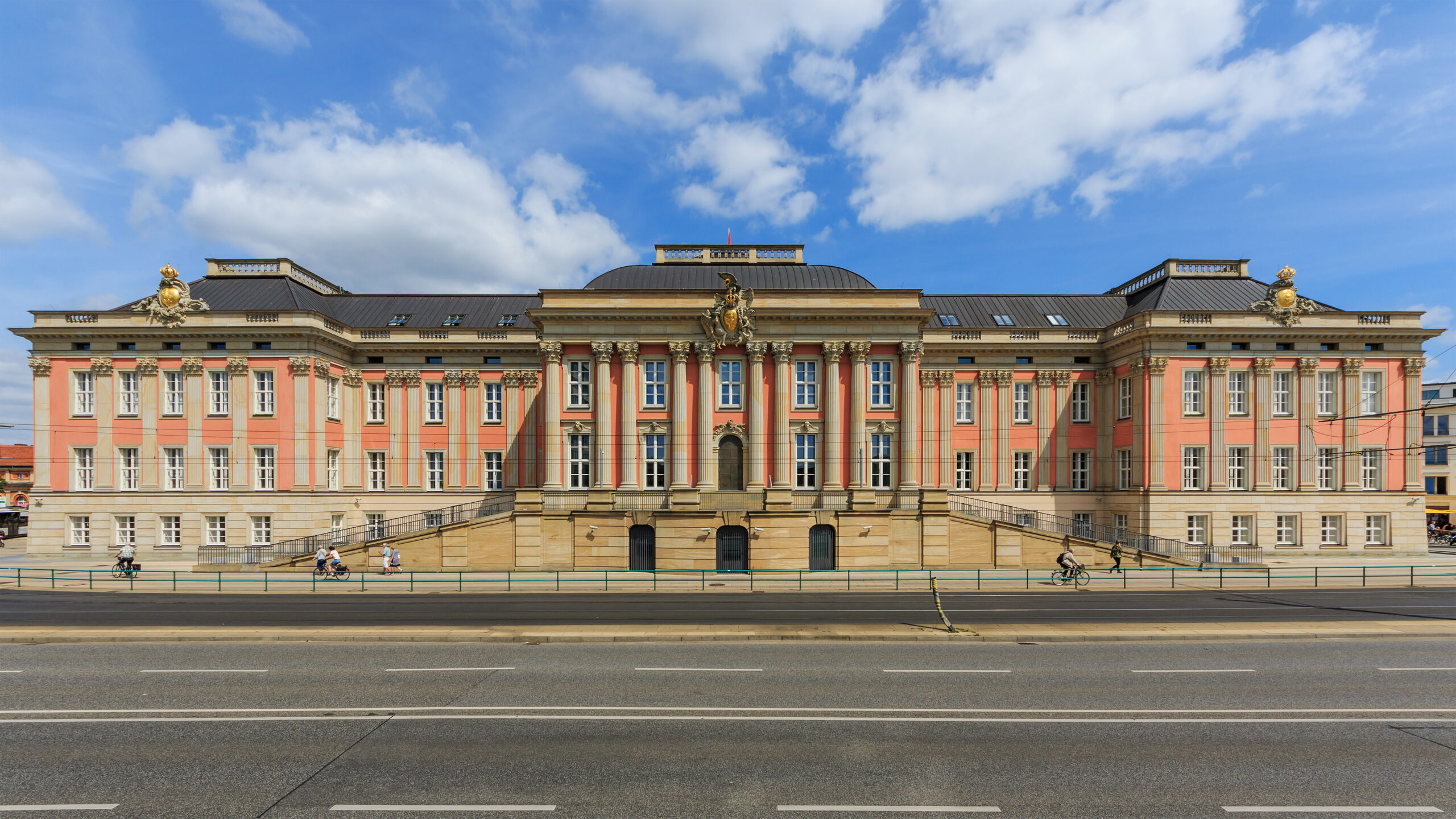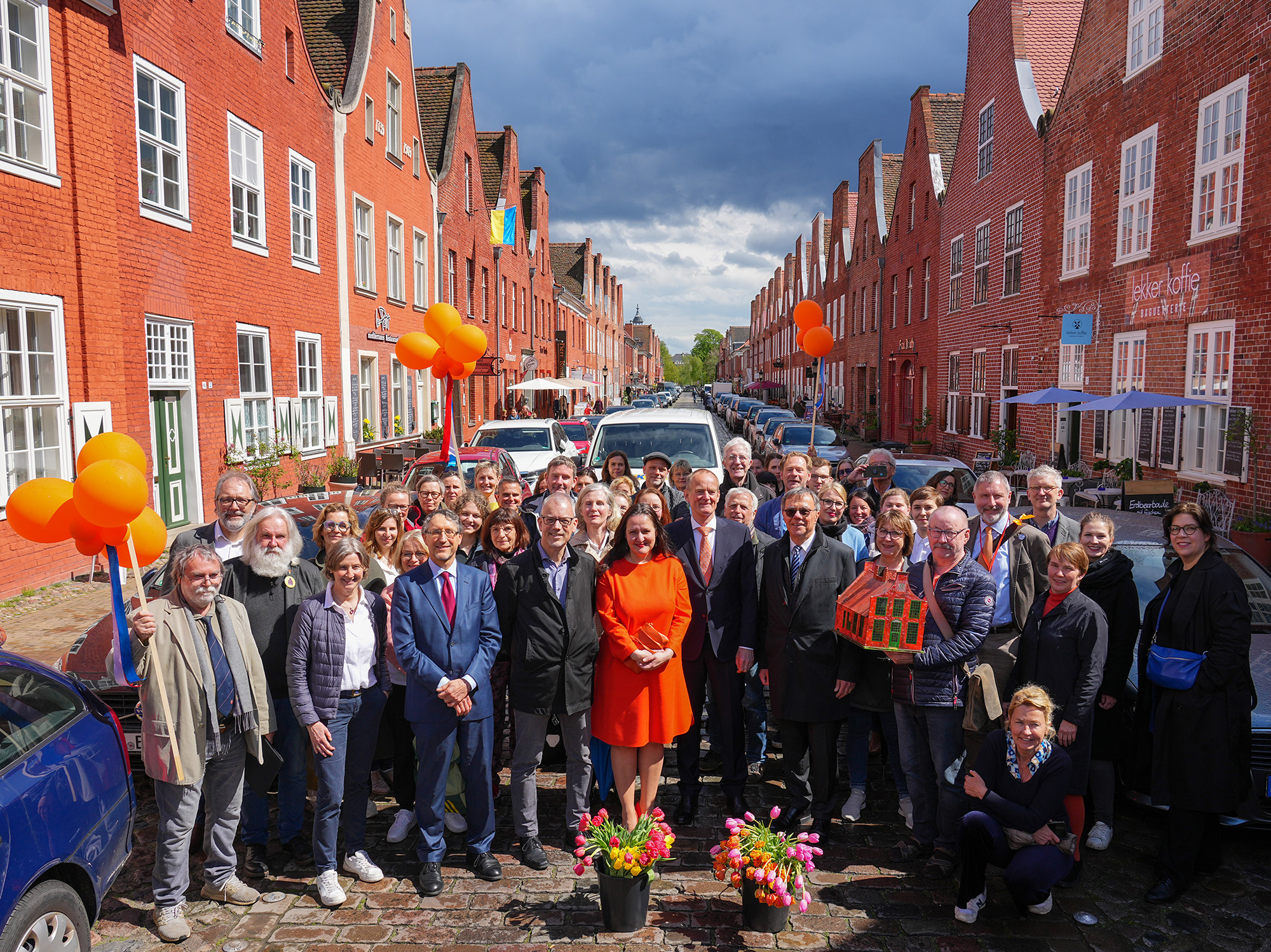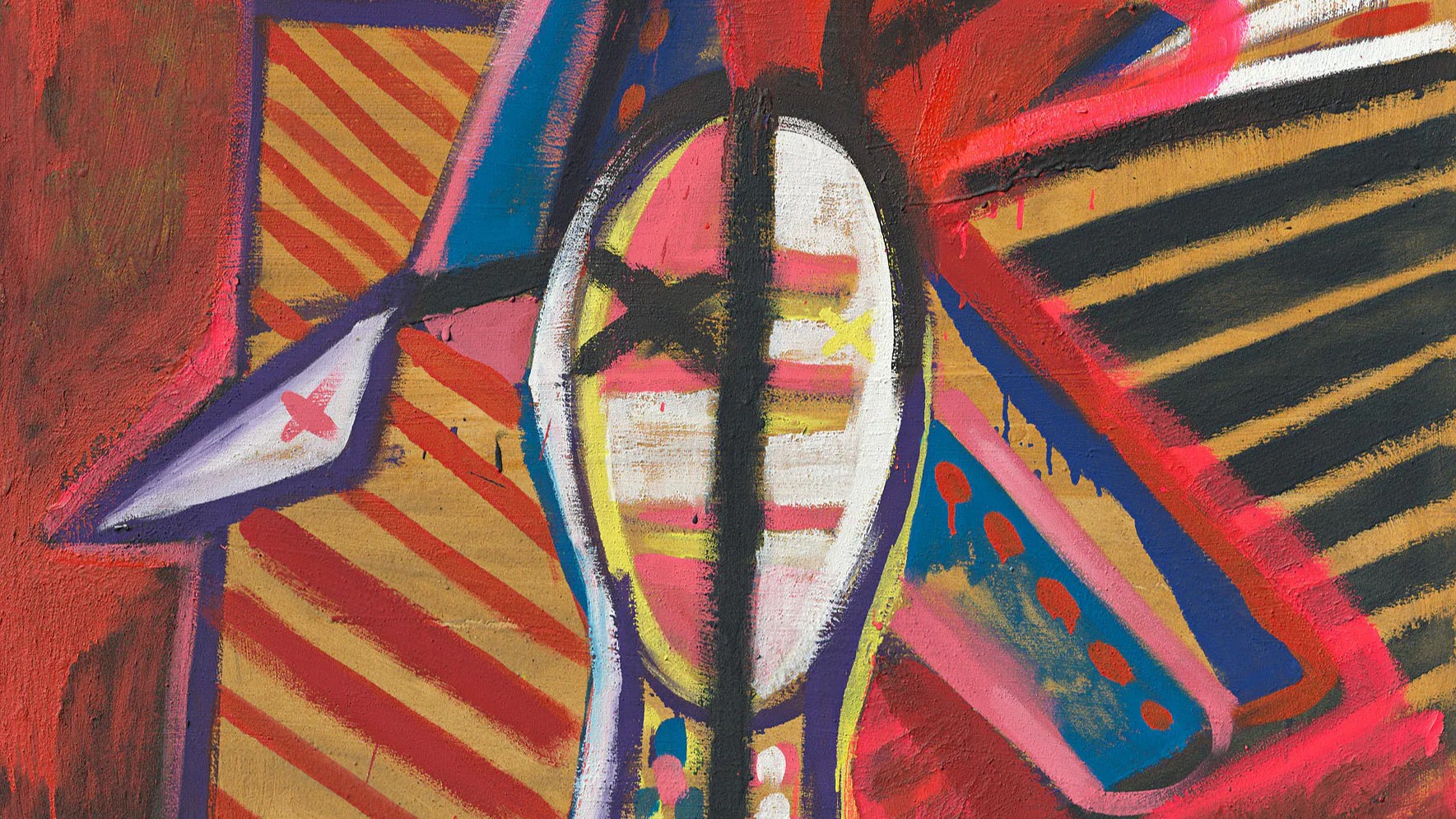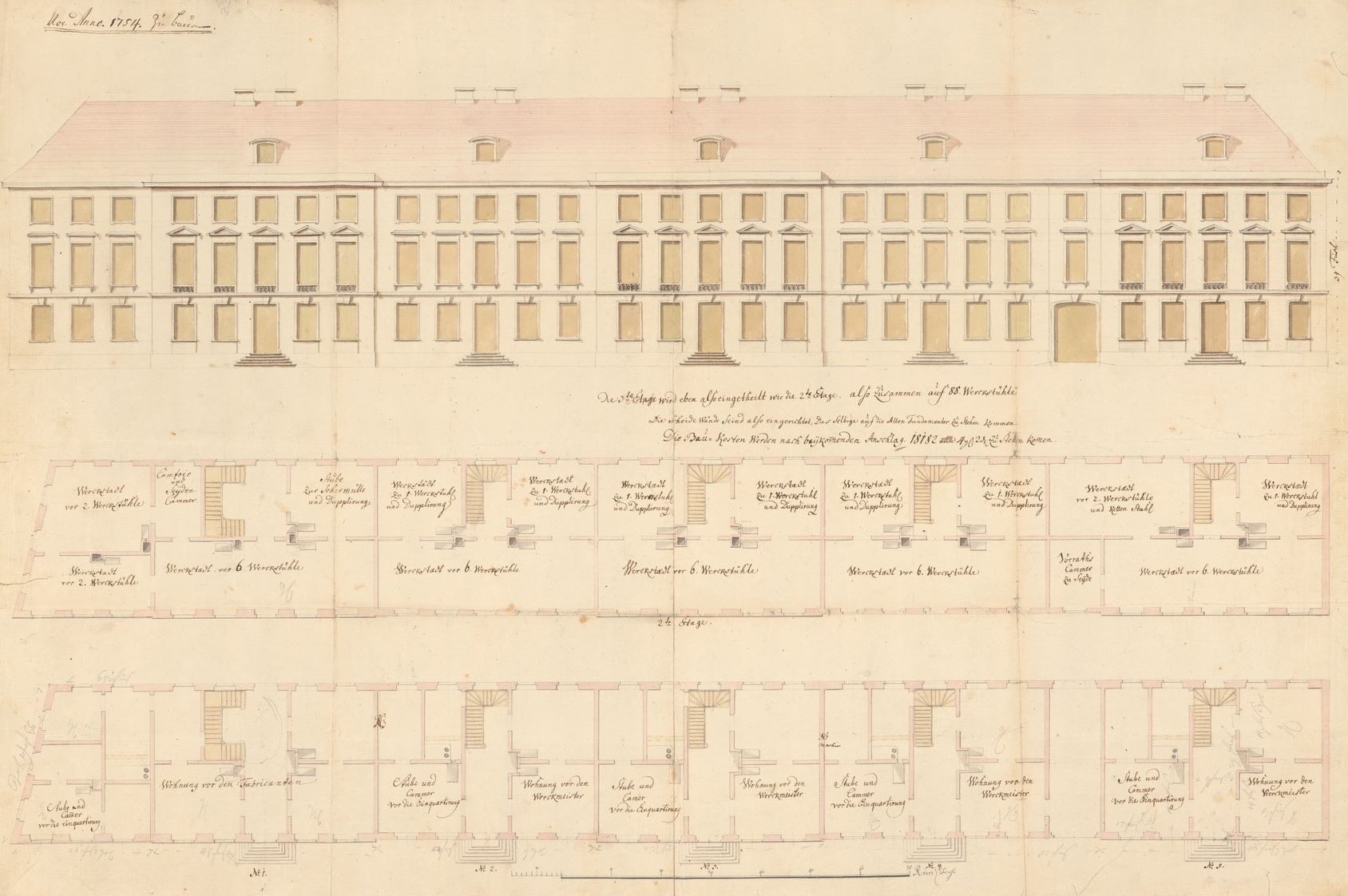
Potsdam City Palace

The city palace of Potsdam is one of the most striking buildings in the city center. Its present form is the work of the architect Georg Wenzeslaus von Knobelsdorff, who designed it around 1750 for Frederick II, also known as Frederick the Great. The palace of that day, however, was not created as a new structure, but was superimposed onto the previous building in an effort to save money. The window openings and central block were the same; only the side wings were extended.
The original palace had been erected by Frederick William, the Great Elector. Built between 1662 and 1674, it replaced a dilapidated medieval complex. The new structure was the prerequisite for Potsdam to be officially recognized, as the second residential city of the Brandenburg elector, next to Berlin. And so Potsdam arrived on the stage of European history.

The electoral palace was inspired by the Huis Honselaarsdijk near The Hague, a palace of the House of Orange. This Dutch model, designed by the architect Pieter Post from the school of Jacob van Campen, was completely destroyed during the Napoleonic Wars. For the palace in Potsdam, Frederick William commissioned the Huguenot architect Philip de Chiese, a native of Amersfoort in Holland.
There were several reasons for his choice of a Dutch architect. In the first place, Holland was the most socially enlightened and economically advanced country in seventeenth-century Europe and thus constituted a point of orientation and object of curiosity for the Great Elector. Secondly, the elector was married to Louise Henriette of Orange-Nassau, daughter of Frederick Henry of Orange, the lord of Honselaarsdijk. In honor of his spouse, the Great Elector modeled the Potsdam residence after the country estate of her childhood to serve as a memento of her homeland. The marriage between the Brandenburg elector and Louise Henriette of Orange laid the foundation for the future close relationship between Potsdam and the Netherlands.
– Willo Göpel

This item was taken from the audio walk “Holland in Potsdam”, which was created on the occasion of the exhibition “Clouds and Light. Impressionism in Holland” (8 July – 22 October 2023) and leads to 20 different places in Potsdam with a Dutch connection. Like its predecessor projects “Italy in Potsdam” and “France in Potsdam”, the city tour is permanently available as a free audio tour on the Barberini App and will also be published in the course of 2023 as a art guide in the series of publications of the Stiftung Preußische Schlösser und Gärten.
Header Image: Potsdam City Palace │ Photo: A. Savin, WikiCommons



